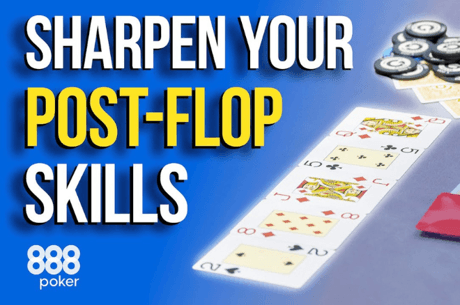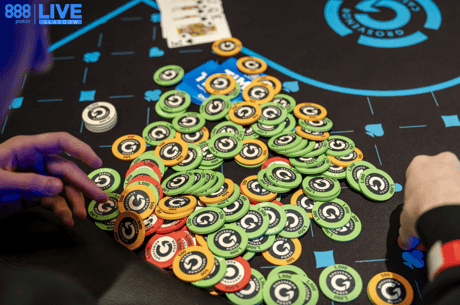Five Common Mistakes Made by No-Limit Hold’em Beginners

Remember when you first started to play no-limit hold'em? During those first few sessions — whether live or online — did you appreciate just how complicated a game NLHE really was?
Chances are you did not. After all, the rules are relatively easy to learn, and it is even possible to do reasonably well with just a rudimentary understanding of no-limit hold'em and a tight approach from the get-go.
Eventually, though, most players come to realize there is more to the game that simply catching cards. New players especially can fall into bad habits if they continue to play without being mindful of strategies that can help them increase their chances of success.
Here are five common mistakes new players of no-limit hold'em often make — and continue to be guilty of until they are able to make a conscious effort to avoid them.
1. Playing from out of position
Experienced hold'em players well understand the three important factors that most directly affect your strategy in each individual hand — your hand strength, your stack size, and your position.
New players generally understand the importance of hand strength, and many quickly pick up on how stack sizes can affect how you should play a hand both before and after the flop. But the importance of position is often not appreciated by those just starting out — not until they get burned a few times by getting involved too often from out of position.
Playing hands with position means knowing your opponent's action before you have to act, which in turn allows you more opportunities to exert pot control, take free cards when they're given, bluff when missing flops, know exact pot odds when calling, among other advantages.
2. Playing too many hands
Never mind playing too much from out of position, new hold'em players often play too many hands, period. They fail to recognize the value that comes from being smart with starting hand selection. Even worse, a lot of beginners will play too many hands passively, calling others' preflop raises with marginal or even weak holdings because they just can't resist seeing flops.
Savvy opponents — or even those with just average hand- and player-reading ability — will exploit this kind of play mercilessly, knowing they'll get value from their bets by players unwilling to let go of medium-to-weak hands. And they know as well they won't be pressured into having to make tough decisions against such opponents who rarely raise or apply pressure when calling hand after hand after hand.
3. Being too predictable with betting patterns
New players just figuring out what hands are worth betting and what are not will frequently fall into very predicable patterns with their betting — patterns which more experienced players will easily exploit after observing even just a few hands with such players.
Some examples of these patterns include:
- limping preflop in an effort to "see a cheap flop" with a medium-strength hand
- always betting or raising extra big when strong (either before or after the flop)
- only betting with "made" hands (and never with drawing hands)
- sizing bets obviously according to hand strength (big bet = big hand, etc.)
Players making these mistakes fail to realize they are often playing their hands "face up" against opponents aware of the never-changing significance of their bets.
4. Calling too much/thinking everyone is bluffing
New players tend toward passivity, generally speaking, checking and calling too much and betting and raising too little. One area, though, where this passive play manifests itself in particularly expensive ways is the frequent calling of postflop bets with subpar hands — especially on the turn and river — in the belief that everyone around them is bluffing.
I can think of three reasons why new players fall into this trap. One is that general unwillingness to fold hands once they get involved, a habit players often grow out of over time. Another is a lack of understanding that in many games — especially when playing the lower limits — players who bet the turn and river more often than not do have what they are representing. That is to say, bluffs aren't nearly as common as new players tend to think.
A third reason is that the new player has yet to develop a strong enough understanding of postflop play to be able to appreciate the difference between a credible bluffing "story" and one that is not. Such an understanding can be gained with practice, but new players are often better off not trying to make lots of "hero calls" and pick off suspected bluffs.
5. Not value betting enough
The same timidity that often marks the new player's style (and causes that player to play passively and call a lot) will prevent such players from betting when they should. I'm not simply referring to missing those "thin value" bets on the river you often hear pros talk about, but not betting when holding especially strong hands.
Worried that opponents will fold should they bet their flopped sets, turned straights, or rivered flushes, new players check and vainly hope others will do the betting for them. It's a strange instinct — not to bet when hitting hands — but it absolutely affects new players who are still learning how to build pots and increase profits.
Which of these mistakes were you guilty of when first starting out? Which others would you say are most common among new players?










